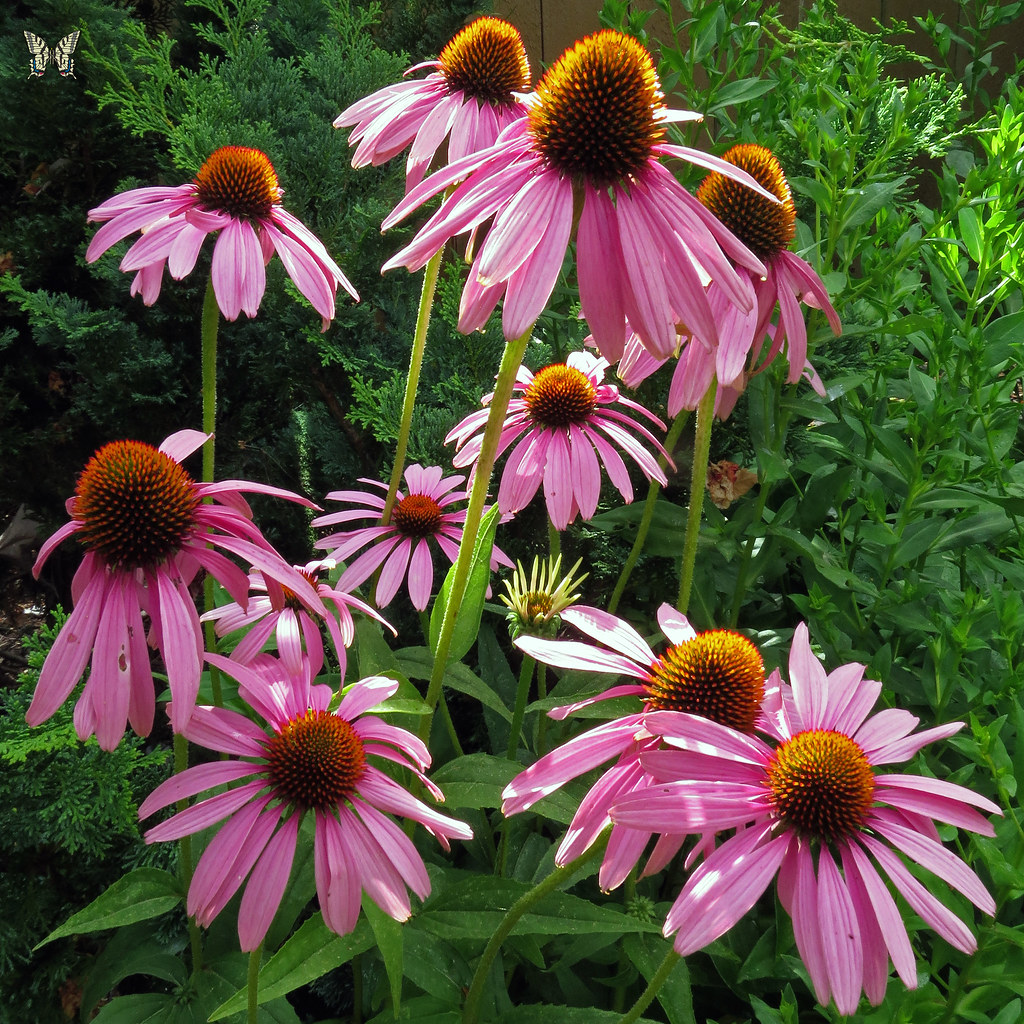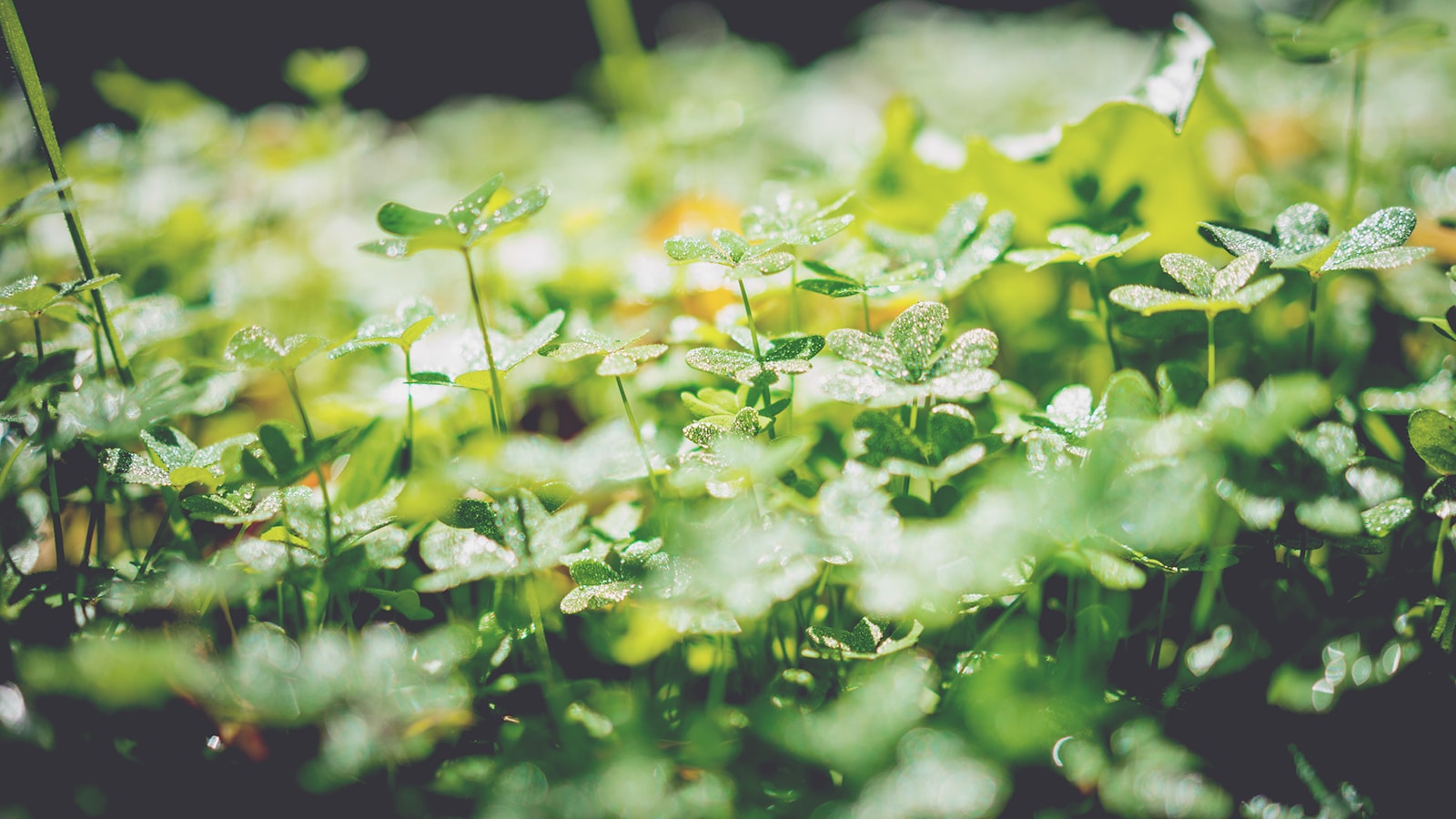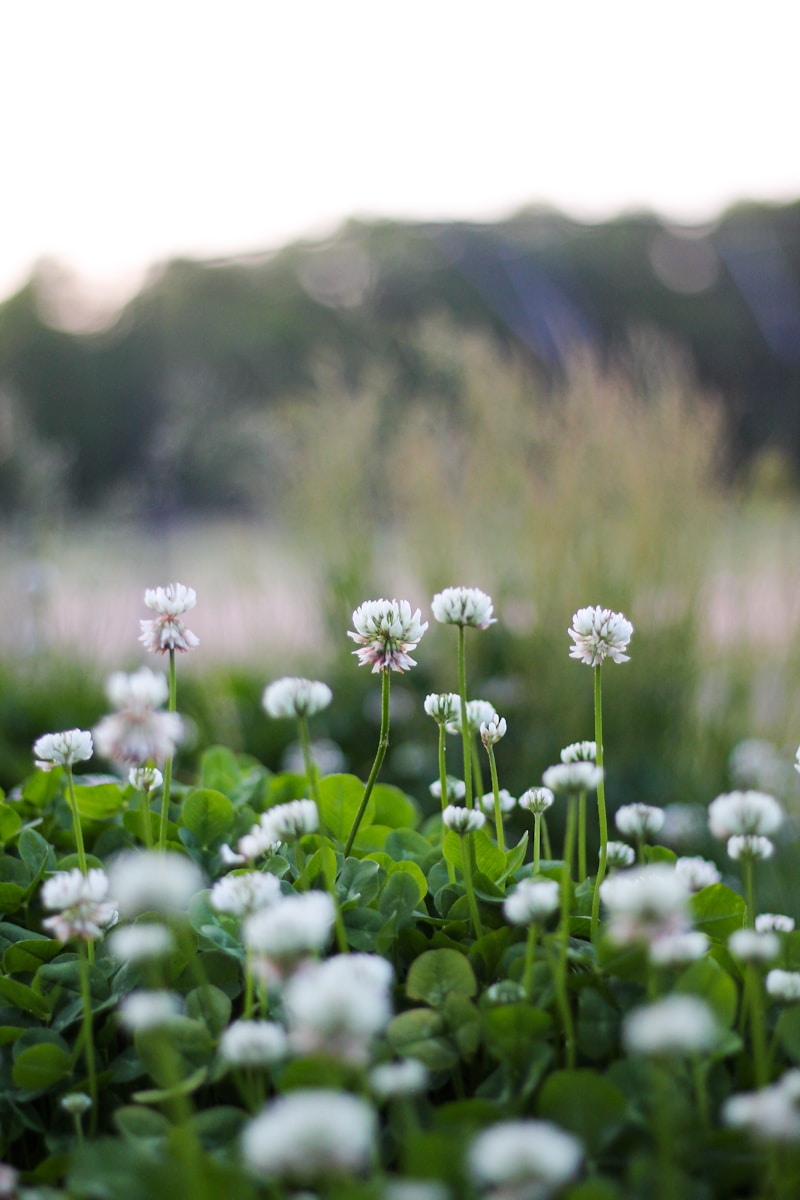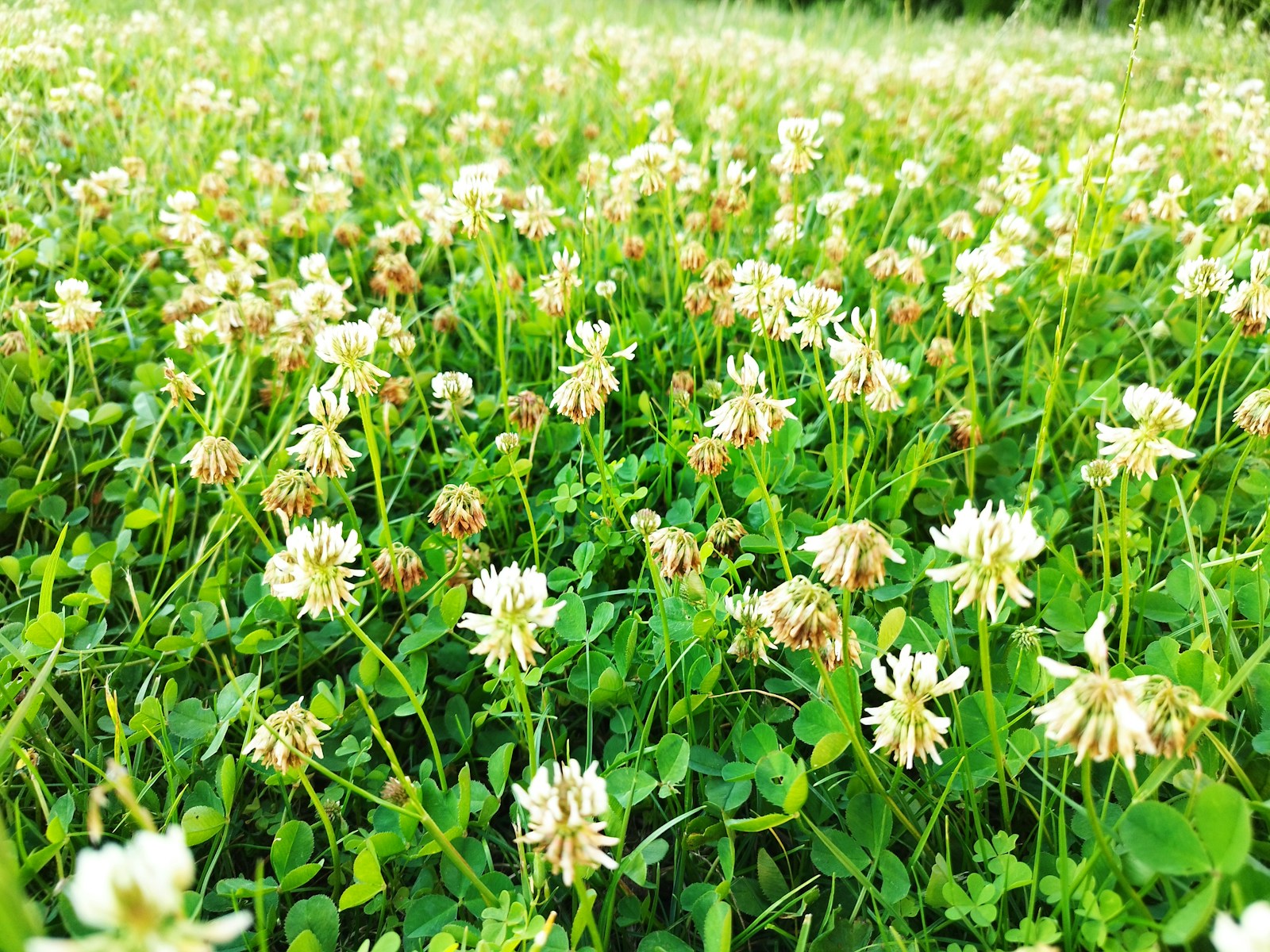Deer can be a gardener’s worst nightmare. Whether you’re an experienced horticulturist or a novice looking to spruce up your outdoor space, one problem is universal: the relentless desire of deer to munch on your plants. In particular, flowering perennials, which provide years of beauty, can be a prime target for these foragers. However, there’s hope! By choosing the right plants, you can create a colorful, deer-resistant garden that not only adds beauty to your landscape but also minimizes the damage from wildlife.
In this guide, we’ll cover everything you need to know about the best deer-resistant flowering perennials. We’ll dive into the science behind what makes certain plants unappealing to deer, explore some of the best varieties for your garden, and offer practical tips on how to protect your blooms from these garden invaders.
Why Do Deer Eat Some Plants and Avoid Others?
Before we dive into the best deer-resistant flowering perennials, it’s important to understand why deer tend to avoid certain plants. The answer lies in a combination of plant characteristics that are unpleasant to deer. Deer are herbivores, but they are selective eaters. They prefer tender, flavorful foliage, especially during the spring and summer when new growth is abundant. However, they tend to avoid plants that are:
- Strongly scented: Plants with strong odors, such as lavender or mint, are unappealing to deer.
- Toxic or bitter-tasting: Some plants contain compounds that are harmful or taste unpleasant to deer, discouraging them from feeding on them.
- Texturally unappealing: Plants with tough or spiky leaves, such as ornamental grasses or plants with hairy foliage, are often ignored by deer.
- Drought-resistant or highly fibrous: Deer tend to avoid plants that are hard to digest, like those with leathery leaves or tough, fibrous stems.
By selecting the right perennials, you can make your garden less appetizing to deer while still enjoying vibrant, long-lasting blooms.
Top Deer-Resistant Flowering Perennials for Your Garden
Purple Coneflower (Echinacea purpurea)
Best for: Midwest and Southern gardens
Purple coneflowers are not only beautiful, but they are also highly resistant to deer. These hardy perennials thrive in well-drained soil and full sun, and their bright, daisy-like flowers attract pollinators while deer tend to avoid them due to their coarse foliage and strong scent.

Black-eyed Susan (Rudbeckia hirta)
Best for: Full sun in a variety of soil types
Known for their cheerful yellow blooms, black-eyed Susans are another great deer-resistant perennial. Their slightly bitter taste and rough texture make them unattractive to deer. These plants thrive in full sun and are drought-tolerant, making them ideal for low-maintenance gardens.

Lavender (Lavandula angustifolia)
Best for: Dry, well-drained soil in the Western U.S.
The strong fragrance of lavender is a deer deterrent. Deer find its scent overwhelming and tend to stay away. Additionally, lavender’s beautiful purple flowers add a touch of elegance to any garden, and its low-maintenance nature makes it a favorite among gardeners.

Russian Sage (Perovskia atriplicifolia)
Best for: Hot, dry climates
Russian sage is a perennial that thrives in poor, dry soils and full sunlight. Its aromatic foliage and tall, spiky blooms make it a striking choice for garden borders, and its strong scent keeps deer at bay. This plant is also drought-tolerant, making it perfect for xeriscaping.

Foxglove (Digitalis purpurea)
Best for: Part shade and well-drained soil
Foxglove’s bell-shaped flowers are a favorite of hummingbirds but not deer. The plant’s toxicity to animals makes it unappealing to deer, but it’s safe for humans and pollinators. Foxgloves grow well in partial shade and thrive in rich, well-drained soil.

Lungwort (Pulmonaria spp.)
Best for: Shaded garden areas
Known for its striking, spotted leaves and early spring blooms, lungwort is often overlooked as a deer-resistant perennial. However, its strong taste and texture make it a deer deterrent. It thrives in shaded or woodland areas and can handle moist, well-drained soil.

Shasta Daisy (Leucanthemum × superbum)
Best for: Full sun in almost any garden
Shasta daisies are classic garden flowers with bright white petals and yellow centers. Their somewhat bitter flavor and strong scent make them unappealing to deer. They are low-maintenance and thrive in a variety of soil types, making them a favorite among gardeners looking for both beauty and practicality.

Yarrow (Achillea millefolium)
Best for: Dry, sandy soils in sunny gardens
Yarrow is a hardy, drought-resistant perennial that features flat-topped clusters of small flowers. While it attracts beneficial insects, deer tend to stay away due to its tough, feathery leaves and strong fragrance. Yarrow also has a long blooming period and can tolerate poor soils, making it a versatile garden plant.

Tips for Enhancing Deer Resistance in Your Garden
While planting deer-resistant perennials is a great first step, there are additional strategies you can use to keep your garden safe from these four-legged foragers:
- Combine with Other Deer-Deterring Plants: While flowering perennials are great for deterring deer, adding other deer-resistant plants such as herbs, ornamental grasses, and certain shrubs can make your garden even more unappealing to wildlife.
- Use Physical Barriers: Fencing is one of the most effective ways to keep deer out of your garden. A fence that’s at least 8 feet tall can prevent deer from jumping over. If you’re using smaller fences, consider adding chicken wire or other materials to block access to plants.
- Add Deer Repellents: There are many commercial deer repellents available that use scents or tastes that deer find unappealing. These can be sprayed on plants to offer extra protection, though they should be reapplied regularly, especially after rain.
- Create an Unwelcoming Environment: Deer are more likely to stay away from gardens that are well-lit and busy. Consider adding motion-activated lights or sprinklers to deter them. You can also plant plants that are less appealing to deer, such as those with spiky or prickly foliage, in the areas where they tend to enter.
Common Mistakes to Avoid
When choosing deer-resistant flowering perennials, there are some common mistakes to avoid:
- Overlooking the Deer’s Changing Preferences: Deer behavior can change depending on the season and available food sources. Even “deer-resistant” plants may be eaten in times of food scarcity. Always monitor your garden and adjust your strategy as needed.
- Ignoring Plant Health: Even the best deer-resistant plants will become vulnerable if they’re stressed. Ensure your plants are well-maintained, as healthy plants are more likely to resist deer damage.
- Not Using Enough Variety: Relying on just one type of plant for deer resistance can be risky. A diverse garden with various deer-resistant plants will increase your chances of deterring deer.
Environmental Impact and Sustainability
Choosing deer-resistant plants is not only beneficial for keeping your garden safe, but it also has environmental benefits. Many of the plants listed above are drought-tolerant, which helps conserve water and reduces the need for frequent irrigation. Furthermore, native species like black-eyed Susan and purple coneflower support local pollinators and other wildlife, contributing to biodiversity and ecosystem health.
Final Thoughts
Deer-resistant flowering perennials are an excellent choice for any gardener looking to add beauty to their landscape while minimizing the damage caused by these foraging animals. By carefully selecting the right plants, using additional deterrents, and ensuring your garden is healthy and well-maintained, you can enjoy a colorful, thriving outdoor space without worrying about deer.



